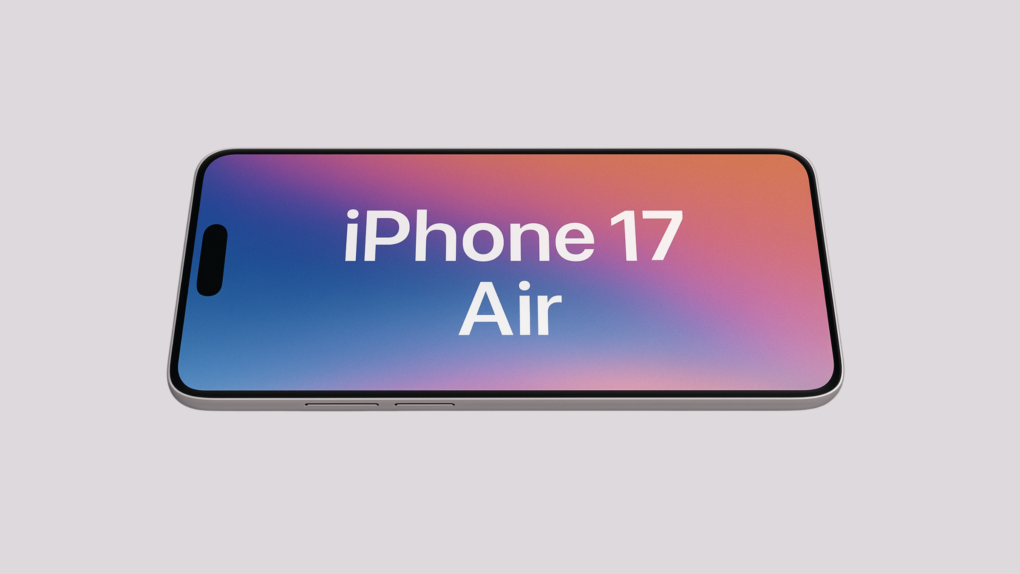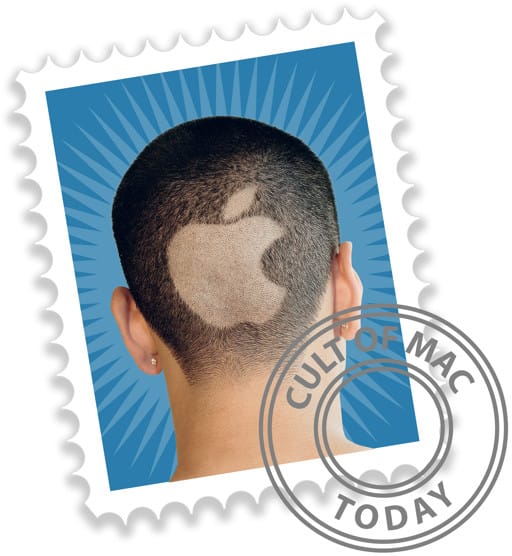Apple seems set to give the iPhone lineup its biggest refresh in years with a new, slender model. Possibly called the iPhone 17 Air, the rumored model reportedly will focus on slimness, like other “Air” devices in Apple’s lineup.
In my opinion, a thinner body alone won’t be enough to make it a hit. If Apple truly wants the iPhone 17 Air to stand out, it needs more than just sleek looks. Here’s what I hope to see.
5 features I want to see in iPhone 17 Air
While a surprisingly slim design might end the “new iPhone, same look” memes, the iPhone 17 Air needs to stun not just with its good looks but in other aspects as well.
A super-thin design will garner early buzz, but to continue the momentum, the device needs to offer an experience no other slim phone has provided before. And there’s no company better than Apple to achieve this.
1. A truly head-turning slim design
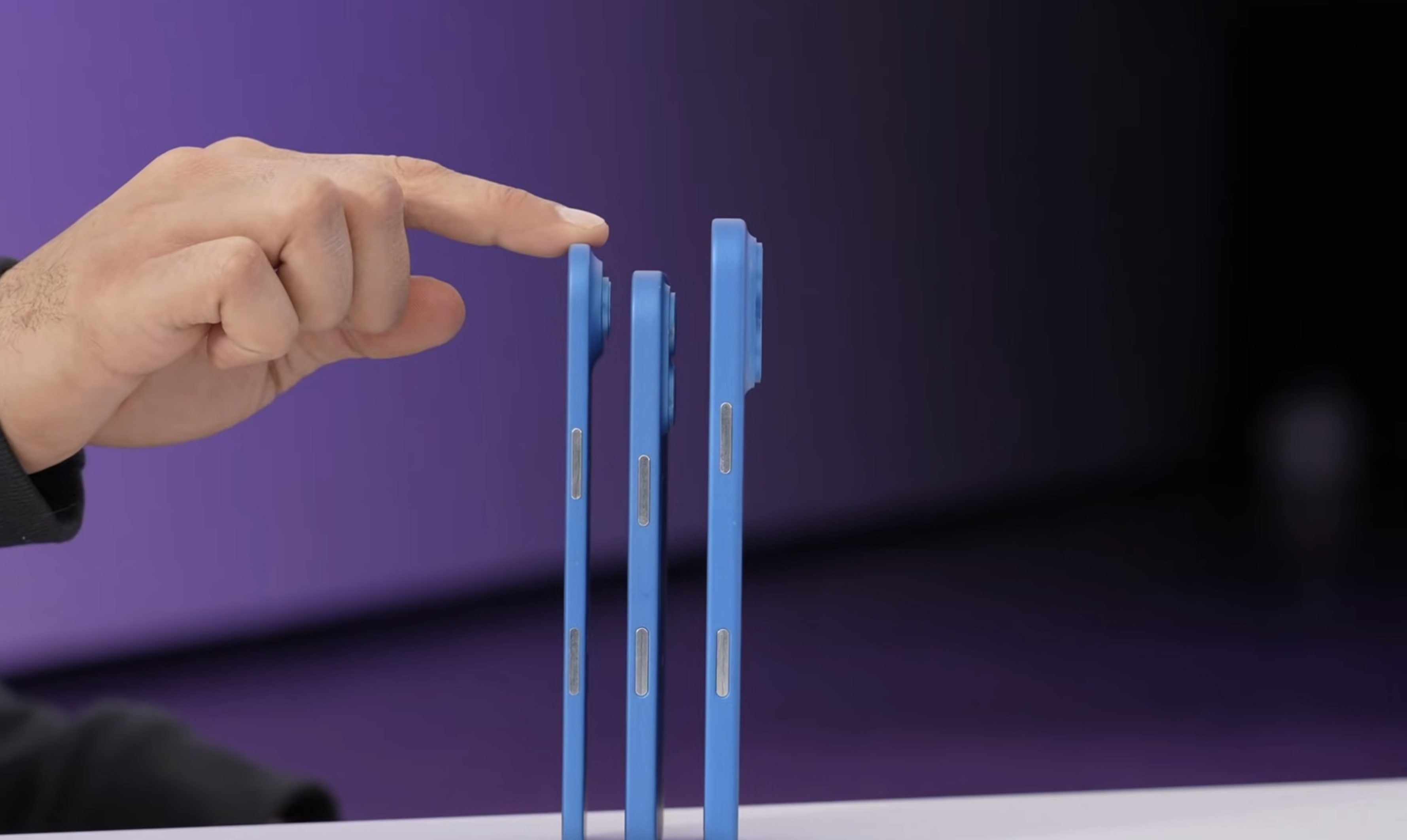
Photo: Unboxing Therapy
The rumored iPhone 17 Air will seemingly be all about its slim design. Given the focus on slimness, the phone’s sleek chassis needs to turn heads — making people look twice in disbelief. That’s the minimum benchmark the iPhone 17 Air should aim for to set itself apart from other slim devices on the market.
Samsung will soon reveal its slim iPhone 17 Air rival, the Galaxy S25 Edge, after teasing the phone at Mobile World Congress in March. While the phone’s slim profile looks good, it doesn’t quite deliver the kind of shockingly thin design that would make you look twice.
Thankfully, leaked iPhone 17 Air prototypes did turn heads. They show a device that’s barely thicker than the volume rockers and USB-C port.
The iPad Air and MacBook Air stand out for their thinness, being among the slimmest in their respective product categories. The iPhone 17 Air should follow a similar strategy, aiming to impress with a truly mind-blowing design.
2. No thermal compromises
Ultra-thin phones typically suffer from poor thermal performance, which causes them to heat up easily. Their slim bodies typically leave little space for an efficient cooling system. Plus, there’s less space for heat to dissipate.
Here’s hoping Apple avoids the usual pitfalls with the iPhone 17 Air. The company can tap its years of experience getting slim devices right. Just look at the MacBook Air and the M4 iPad Pro, the “thinnest Apple product ever.” If anyone can make thin work without trade-offs, it’s Apple.
The company won’t be limited by using off-the-shelf parts like most Android manufacturers. And with its in-house A-series chip and new C1 modem, the company already focuses on efficiency.
The M4 iPad Pro stands out as a perfect example, combining cutting-edge technology and superfast internals in a package that measures only 5.1mm thick. Despite its sleek design, it’s the fastest tablet on the market and features a stunning Tandem OLED display.
… and no skimping on wireless charging, either

Photo: Ed Hardy/Cult of Mac
Most slim Android phones typically ship with relatively slow charging speeds and other such compromises. Again, given Apple’s extensive control over the parts used in its devices, the iPhone 17 Air should not suffer from these setbacks.
If Apple wants to make the slim phone a fat success, the device should support 20W wired charging speeds and 15W MagSafe wireless charging. Unlike the iPhone 16e, Apple should not cheap out by skipping MagSafe support and limiting wireless charging speeds to a paltry 7.5W. Otherwise, Apple’s slim iPhone would be just like any other slim phone on the market.
Apple cannot beat physics, though. So, it would be understandable if the iPhone 17 Air’s A19 chip does not deliver the same level of performance as its siblings under extended load. Given how fast A-series chips already are, this should not be a concern.
3. Slimmer Dynamic Island
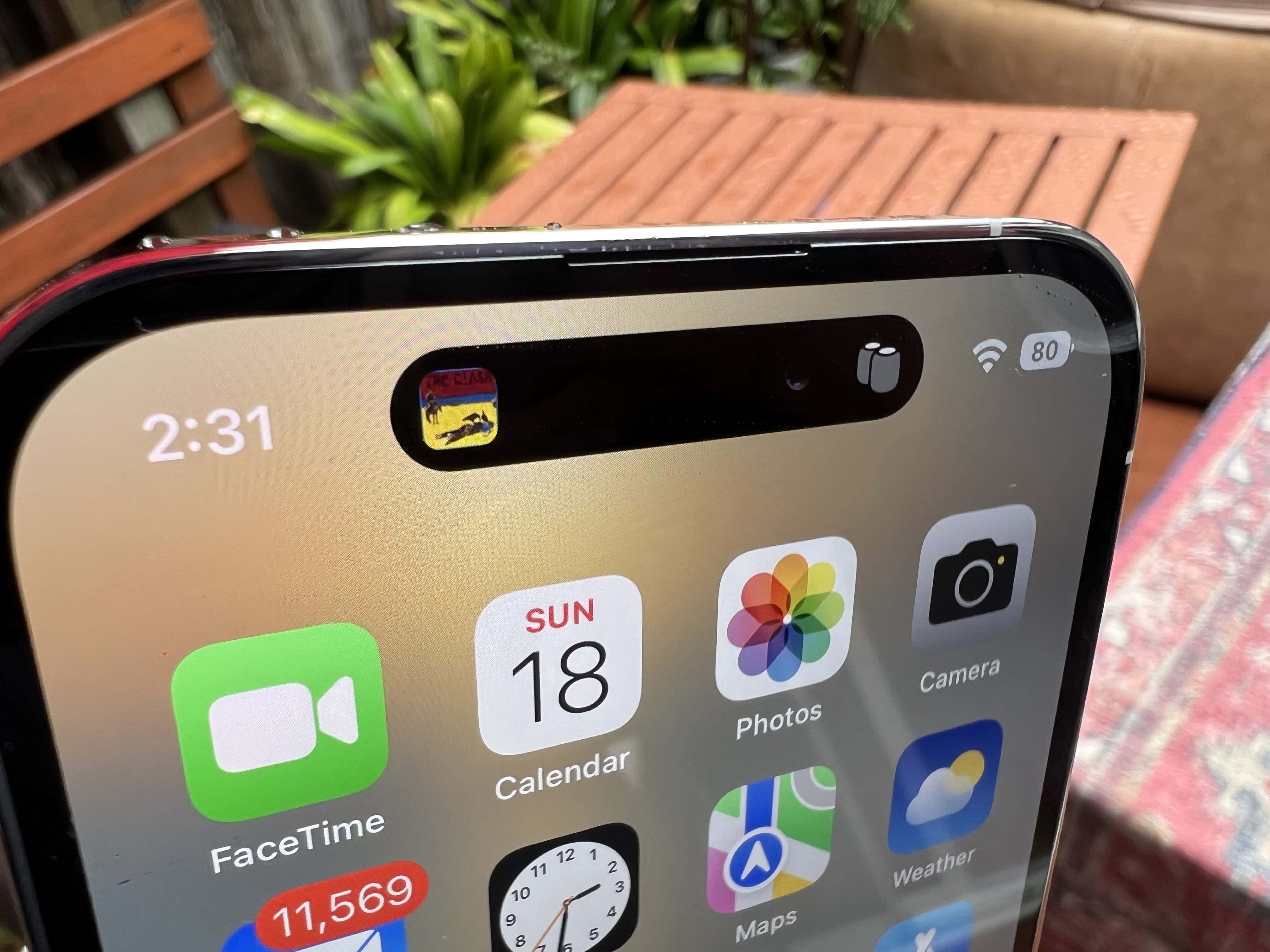
Photo: Leander Kahney/Cult of Mac
A slim phone does not only mean a slim chassis. Apple should also slim down the Dynamic Island on the iPhone 17 Air, keeping in line with its focus on thinness. Introduced on the iPhone 14 Pro, the Dynamic Island offers a clever twist on the notch. But the cutout doesn’t need to be as large as it is currently.
Apple could reduce the size of the Dynamic Island on the iPhone 17 Air, making its front look more attractive. Plus, it should keep the narrower Dynamic Island exclusive to its slim iPhone for the first year, aligning with the phone’s sleek look.
That said, slimming down the Dynamic Island shouldn’t come at the expense of functionality, since the cutout contains essential components like the front camera and Face ID sensors. If not an upgrade, Apple should stick to using the same 12MP TrueDepth camera on the iPhone 17 Air as seen on recent iPhones.
4. All-day battery life
A thin iPhone does not give Apple an excuse to justify subpar battery life. The company itself set the standard for thin devices that surprise and delight us with all-day battery life. Look at the M4 MacBook Air: It can easily deliver more than 10 hours of continuous use. Likewise, the iPad Air and iPad Pro promise multiday battery life.
Due to the iPhone 17 Air’s incredibly thin chassis, Apple will have limited space for a battery. The company should make the most of the available space by using a higher-density silicon-carbon battery. Chinese Android phones already use this new battery technology, equipping their phones with beefy 6,000mAh-plus batteries without increasing the overall thickness.
Given its massive scale, Apple tends to move cautiously when adopting new technologies. However, the advantages of a silicon-carbon battery make it an ideal fit for the iPhone 17 Air.
If seem with the iPhone 16e, Apple can achieve all-day battery life despite a relatively small battery. However, the combination of power-efficient components and a silicon-carbon battery could significantly extend the iPhone 17 Air’s daily usability.
Still, don’t expect the iPhone 17 Air to deliver the same battery life as the iPhone 16 Pro Max. A thin design will always require some compromises.
5. 120Hz ProMotion display
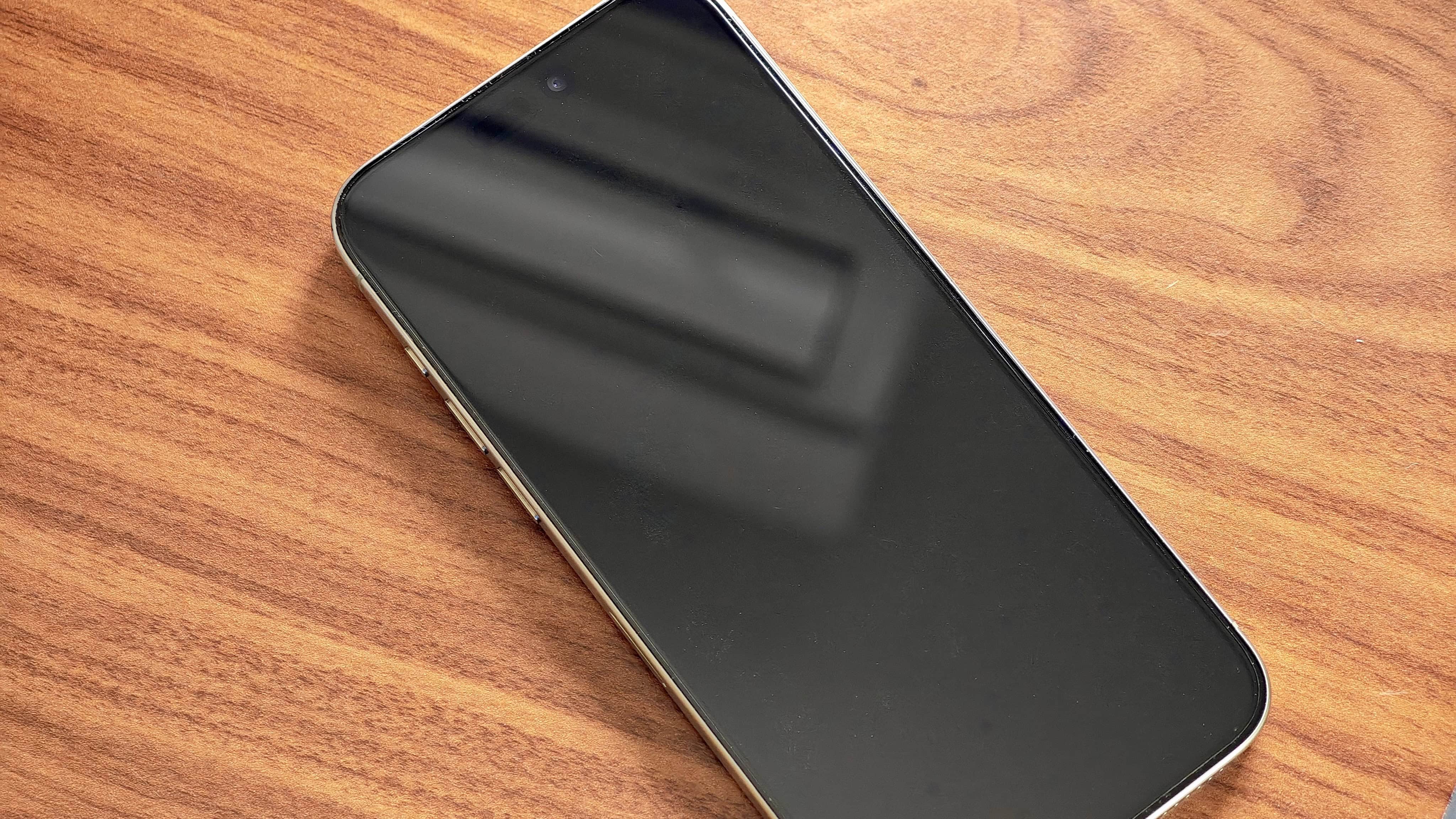
Photo: Rajesh Pandey/Cult of Mac
The lack of a “Pro” moniker on the iPhone 17 Air should not give Apple an excuse not to use a 120Hz ProMotion display on it. Yes, the MacBook Air and iPad Air don’t come with a 120Hz panel. But it’s time for Apple to change that, with the iPhone 17 Air being the ideal device to start this trend.
A 120Hz OLED panel would deliver a smooth user experience and help with battery life. It also would ensure the phone supports Always On Display, a feature currently available only on Pro iPhones.
Considering that most people now keep their iPhones for three years or longer, the absence of a 120Hz ProMotion display could become a more noticeable drawback over time.
With a rumored price tag of more than $1,000, there’s little reason for Apple not to use an LTPO OLED panel on the iPhone 17 Air.
Conclusion: iPhone 17 Air features you should not expect
Despite Apple’s best efforts, the iPhone 17 Air undoubtedly will come with some compromises due to its slim design. Even Cupertino cannot beat physics, so the phone likely will feature an inferior camera setup and miss out on a dedicated telephoto sensor. Rumors suggest that Apple might equip the iPhone 17 Air with a single rear camera, similar to the iPhone 16e.
Likewise, while the iPhone 17 Air might offer all-day battery life, its runtime won’t be anywhere near that of its Pro siblings. However, if Apple delivers a well-rounded and compelling device, most consumers will overlook these shortcomings.
